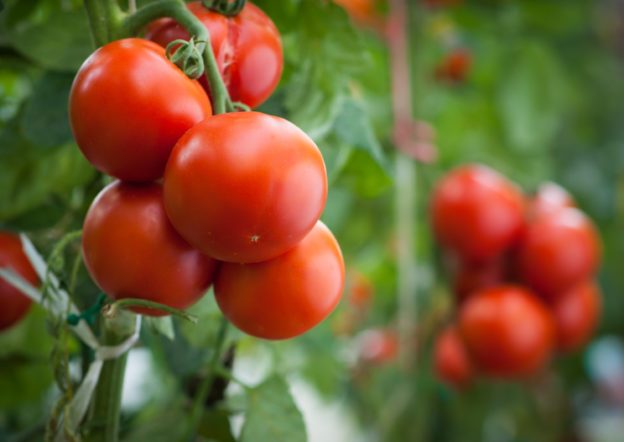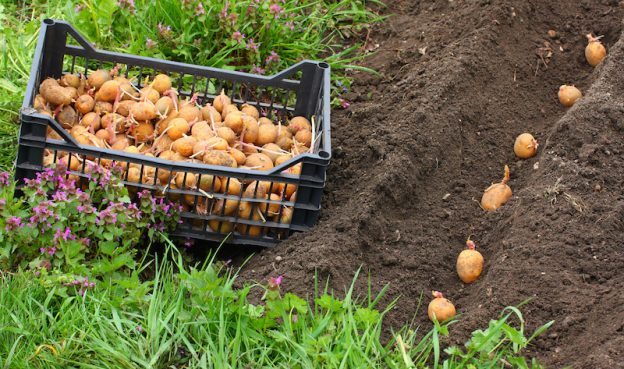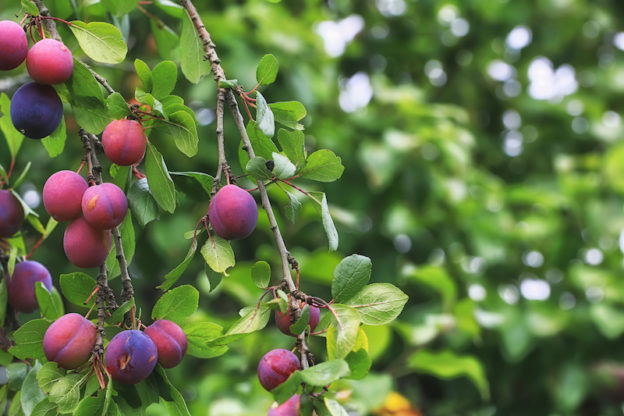July Jobs
July is known to be a hot and dry month so a lot of watering in the vegetable garden is necessary. Aside from this, there are many other ‘July jobs’ to be done to ensure a fruit and vegetable yield as high as possible! Here are the jobs that need doing this July;
Vegetables
 1. Reduce water loss by mulching to trap the water and hoeing to break up the soil.
1. Reduce water loss by mulching to trap the water and hoeing to break up the soil.- 2. Sow the final seeds; you can still sow these in July
- Turnips, beetroot, carrots, chicory, spring cabbage and radishes
- 3. Plant out; broccoli, leeks and cabbage are all ready to be planted out into firm soil now
- 4. Pepper plants – should be moved into a larger pot
- 5. Tomato plants – pinch out side shoots and feed them with a fertiliser such as Tomorite once a week. Also remove leaves underneath the first fruit to avoid disease. Ensure that when you water them the moisture is spread evenly to avoid split fruit or blossom rot.
- 6. Aubergine plants – get rid of the growing tip after you count around 5 fruits to allow them to put their energy into this.
- 7. Courgette plants– also get rid of the growing tip. Picking young fruit regularly will enable more fruit to grow.
- 8. Runner beans– harvest beans regularly as this wills top them becoming stringy and will also allow new beans to develop.
- 9. Check often for disease, blackfly and butterfuly eggs and get rid of anything that you find including any dead foliage around the plants.
Fruits
 1. Give fruit plants a good soaking in any dry spells, especially those with swelling fruits such as apples.
1. Give fruit plants a good soaking in any dry spells, especially those with swelling fruits such as apples.- 2. Net around your fruit plants to deter birds.
- 3. Give the fruit trees a thinning to help give a larger yield.
- 4. Give fruit plants that are in containers an high potash feed such as Tomorite.
- 5. Prune apricot, peach, plum and cherry trees and blackcurrant bushes once you have harvested.
Ask our experts in store for any more advice!









